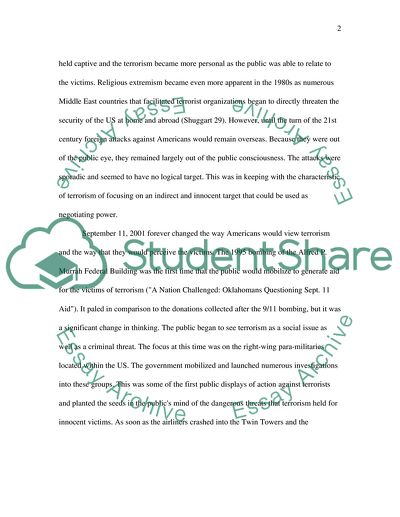Cite this document
(The Victims of Terror Article Example | Topics and Well Written Essays - 1603 words, n.d.)
The Victims of Terror Article Example | Topics and Well Written Essays - 1603 words. Retrieved from https://studentshare.org/history/1542629-terrorism-historical-analysis
The Victims of Terror Article Example | Topics and Well Written Essays - 1603 words. Retrieved from https://studentshare.org/history/1542629-terrorism-historical-analysis
(The Victims of Terror Article Example | Topics and Well Written Essays - 1603 Words)
The Victims of Terror Article Example | Topics and Well Written Essays - 1603 Words. https://studentshare.org/history/1542629-terrorism-historical-analysis.
The Victims of Terror Article Example | Topics and Well Written Essays - 1603 Words. https://studentshare.org/history/1542629-terrorism-historical-analysis.
“The Victims of Terror Article Example | Topics and Well Written Essays - 1603 Words”, n.d. https://studentshare.org/history/1542629-terrorism-historical-analysis.


